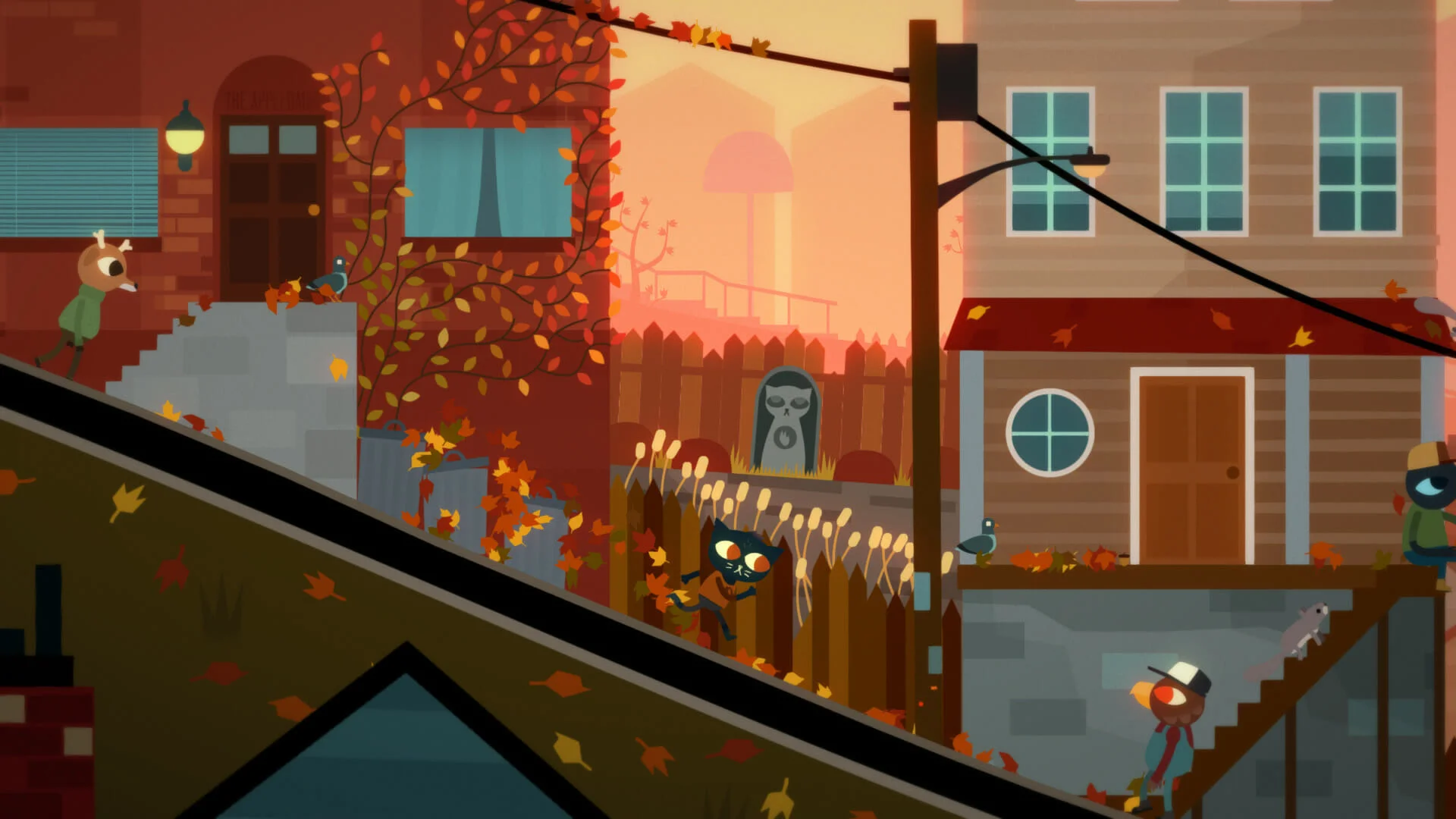
They Both Die at the End | Before it is too late
Author
Year
Format
When reading a book, one wants to reach the end to discover what happens to the characters. Not always, though. American writer Adam Silvera immediately makes clear his protagonists’ fate: as the title declares, They Both Die at the End. The intent isn’t to arrive at the end, but to tell the path that leads the two protagonists to it.
HarperTeen published the young adult novel in 2017. In 2020, it regained popularity due to #BookTok, similar as it had happened to Madeline Miller‘s The Song of Achilles. As a result, the book reached the top of the young adult section in The New York Times Best Seller List. Moreover, it won several awards, including Best Book of the Year (School Library Journal), Best YA of the Year (Buzzfeed), and Best Queer Book (Book Riot). In January 2023, as reported by Deadline, Netflix officially announced a series adaptation.
“No matter how we choose to live, we both die at the end.”
It’s the night of 5th September 2017. Mateo Torrez and Rufus Emeterio receive a call warning them they’re Decker, meaning they are going to die within the next 24 hours. The call comes from Death-Cast, a company that knows the exact moment any person will pass away. Deckers can’t know how they will die, nor the exact moment, just that they have only a few hours left. Mateo and Rufus don’t know each other and have nearly nothing in common: while the former is very shy, suffers from social anxiety, and has spent most of his life in his room, the latter is a foster child with some close friends, skilled and daring. The only thing they share is the guarantee they will both die before the end of the following day. They meet on Last Friend, an app that helps lonely people to find someone to spend their last hours with. Someone to overcome their fears with.
Maybe it’s better to have gotten it right and been happy for one day instead of living a lifetime of wrongs.
Despite some initial difficulties, Mateo and Rufus soon grow fond of each other. They get to know their respective stories and discover what they would do before the end of their lives. As the day pass, they do their best to help the other to leave without regrets. And they try to become whoever they dreamed of being before it is too late.
When technology meets death
The world depicted by Silvera is slightly more futuristic (and even dystopian) than the real 2000s were. From Death-Cast itself to the use of social networks, blogs, and apps, technology plays an important role in the story. The author conveys a sense of realism, though, as its presence doesn’t permeate every aspect of existence. Nor it has full control over public and private life, as it happens in Black Mirror. The use of social networks, for example, is very realistic, as it mixes existing apps with invented ones. Many apps and blogs were invented specifically for Deckers, such as Last Friend or blogs where Deckers can share their last thoughts. But Mateo and Rufus also use Instagram, and their phones look very similar to real ones.
On the other hand, the author builds a disturbing world in which one gets an alert shortly before dying. Death-Cast hasn’t existed for long, but it has already affected people’s lives. In They Both Die at the End various points of view express different ways of facing life and death. Each chapter gives voice to a different character: the points of view of Mateo and Rufus interchange with secondary ones. Some of them are recurring characters, friends of the two protagonists whose story interacts with Mateo and Rufus’ storyline. Others are just background actors, whose function is to show other ways to go through the last day on Earth.
Adult themes in a teenage world
Silvera started writing when he was very young and published his first novel, More Happy Than Not, in 2015. He was just twenty-five at the time, and his book became a bestseller. His stories revolve around young characters, sometimes marginalized, suffering from depression or who are going through the acceptance of themselves. As a gay author, Silvera is also very sensitive to LGBTQ+ themes. In 2020, Queerty named him among the fifty heroes “leading the nation toward equality, acceptance, and dignity for all people”.
They Both Die at the End faces a delicate taboo as the connection between teenagers and death. The use of multiple perspectives creates a collective vision of a complex theme. Even though some characters are a bit melodramatic and stereotyped, they are never totally unbelievable. On the contrary, they enrich the narrative with different feelings and shades. Despite their differences, Rufus and Mateo desire the same thing: to taste any single moment they still have, so that they can leave without regret. A desire realized thanks to their mutual will to see the other happy. And as the young protagonists of Aidan Chambers‘ novel Dance on My Grave, their relationship itself becomes a source of happiness and self-realization. Because besides death, the novel is also a love story.
I kiss the guy who brought me to life on the day we’re going to die.
Queer relationships aren’t new acquaintances for young adult novels and stories. In recent years many series rose, showing the many natural faces of love with a focus on teenagers, such as Heartstopper, Young Royals, Sex Education, and Elite. Yet, Silvera never stresses this aspect: the relationship is tender, slightly clumsy, and natural. The mutual attraction Mateo and Rufus feel for each other and their decision to give in to it is just another way to live with no regret. Except for what only time would have given them.
I would’ve loved you if we had more time.
Tag






